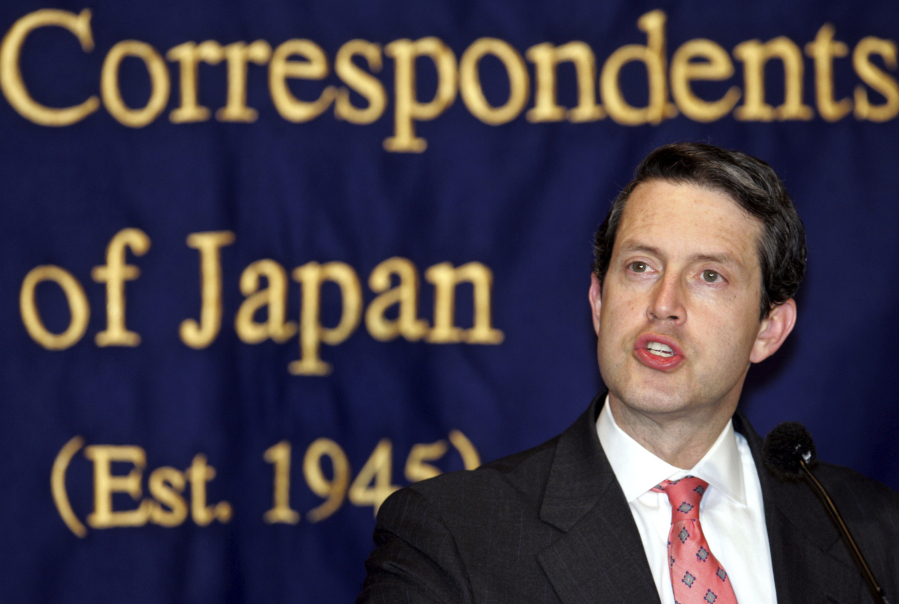WASHINGTON — President Donald Trump’s choice of a key player in his drive to scale back financial rules would likely push to relax regulations on community banks, ease restrictions on some speculative trading and soften annual tests of big banks’ health.
Still, Randal Quarles, Trump’s nominee to be the Federal Reserve’s vice chair for bank supervision, would have to collaborate with other Fed officials — notably Chair Janet Yellen — who favor tight regulation to prevent another financial crisis like the one that erupted in 2008.
A Senate committee will hold a confirmation hearing today for Quarles. He is expected to eventually win the panel’s approval, after which the nomination will go to the full Senate, with confirmation all but assured. The nominee, who now co-heads an investment firm, was a senior Treasury official under both Bush presidencies.
Trump’s selection of Quarles marks one of his first efforts to reshape the powerful central bank, which he had criticized during his campaign for its low-interest rate policies, which he said were helping Democrats. Trump has two other vacancies to fill on the Fed’s seven-member board of governors — and likely more to come next year, when the terms of both Yellen and Vice Chair Stanley Fischer expire. Both were appointed by President Barack Obama.



